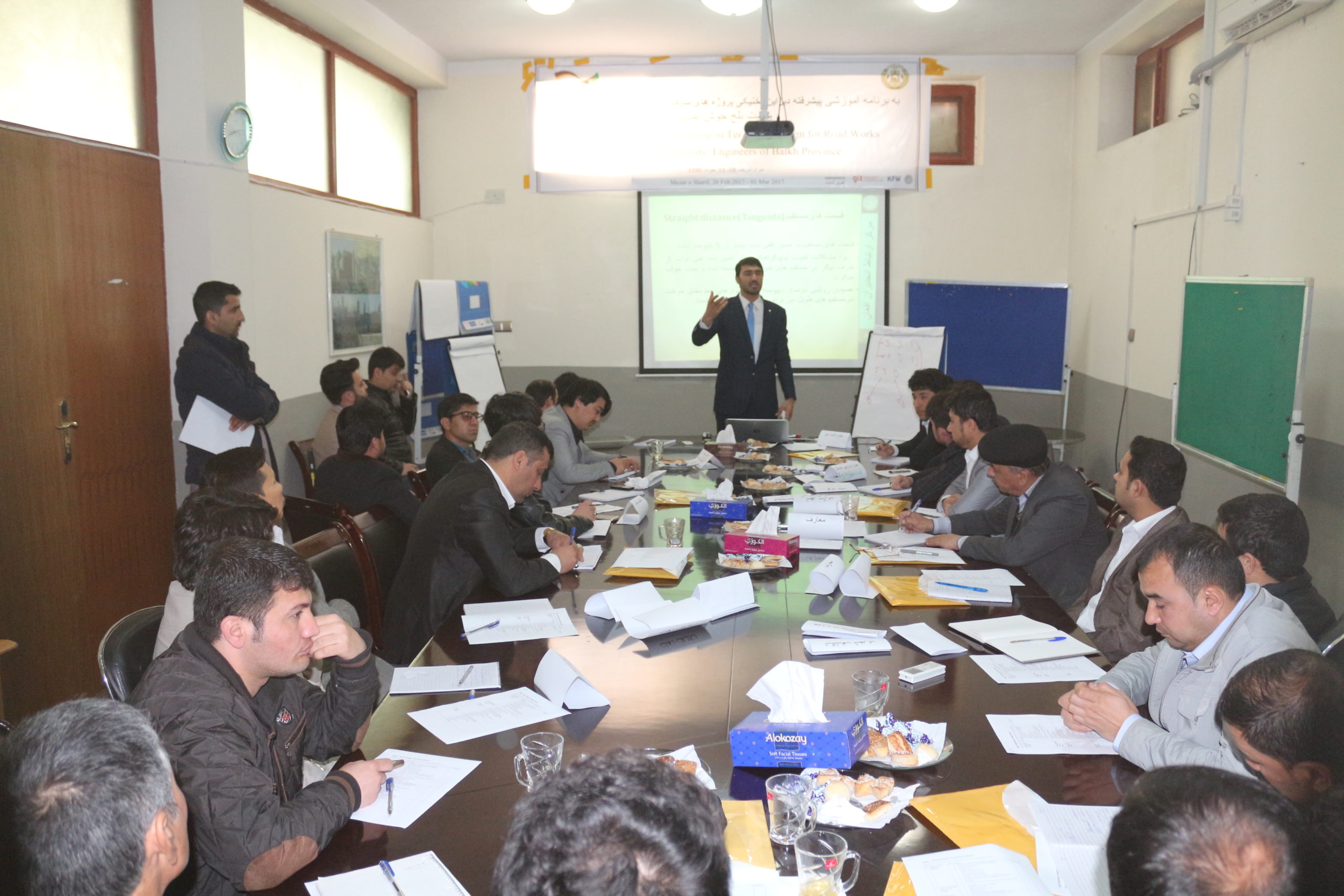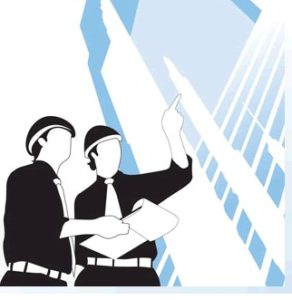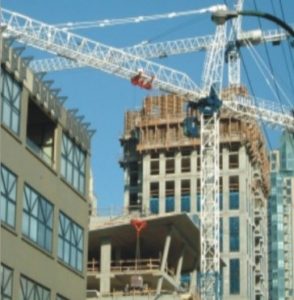This division operates for the institutional capacity building in the engineering industry of the country. It comprises three departments namely Private Entities Department, NGOs and Public Entities Department and Engineering Unions and Assemblies Department. The Private Entities Department provides consulting services to private engineering entities and as well as acts as a coordinator unit. In coordination with other active bodies this department integrates private engineering entities to:
- Analyze, and rate their capacity Categorize them to carry out specialized tasks
- Assess their internal non-conformists and their problems with the governmental or private setups
- Build their capacities in an institutional context
- Consult them for undertaking healthy competition means while attending competitive tenders
- Introducing their potential to donors whatever government or NGOs
The NGOs and Public Entities Department cooperates with organizations that are active in governmental context and are concerned with the engineering industry of Afghanistan. Moreover, the contribution of international community in the social and economic development of the country has yet been in accordance to the particular interests of the donor agencies; a significant aim of AEA’s Public Entities Department of the Engineering Entities Coordination Division is to bring the approaches of the funding bodies in alignment to the millennium developmental goals that are incorporated in the Afghanistan National Development Strategy’s recent draft. Furthermore, AEA has been contributing its part to streamline the efforts of public entities that are active in the development of the legal framework of engineering initiatives; we have organized committees of specialized engineers that take part in the refinement of legal framework development from a technical point of view.
One recently added department in this division is the department for the coordination of activities of the engineering unions and assemblies. This department is concerned with the integration of these unions and assemblies under the cover of AEA so that we could have a unique approach toward the development of the engineering industry of the country.
Particularly, AEA:
- Accompanies Developmental projects organization in terms of over sighting and in this regard we have signed
- Memorandum of Agreements with many governmental setups
- Advises various Afghan Ministries and independent bodies with regard to the development of National Programs
- Develops services quality improvement programs
Supporting engineering entities and coordinating them
- Supporting the coordination between construction companies, and providing plans for the rising of the quality of the construction projects
- Supporting the coordination between internal NGOs and private consultancies and services companies that work in the engineering sector and also arranging their developmental programs
- Supporting the coordination between the assemblies and engineering entities to bring them under the cover of AEA
- Relating all engineering entities to each other and bring them to a same ceiling namely AEA and providing them plans and schemes for the bettering of the engineers and engineering industry standards of Afghanistan.
At a first step we are registering private engineering entities at AEA. This step is crucial because it develops the network of engineers and connects them in a national level. Particularly the membership benefits that the entities will achieve are:
Golden Membership
Benefits:
- Five individuals from entities will be able to attend conferences and events that are going to be held by or at AEA inside the country.
- Two individuals from entities are able to attend conferences and events that are going to be held by or at AEA outside the country.
- Entities have the privileges to register their employees with 50% discount for the capacity building programs that are going to be held by or at AEA.
- AEA offers 50% discount to the entities in terms of the engineering services that AEA provides.
- AEA offers 35% discount to the entities in terms of marketing their products and services throughout the website, magazine, and other marketing mediums of AEA.
- One individual of the entity have the right to nominate himself/herself for the committees that may be structured by the High Council at AEA.
- Entities have the privileges to receive AEA’s free legal and technical consulting services in terms of resolving their claims and disputes
- Entities have the privileges to receive AEA’s free business opportunities seeking services in terms of registering and representing them to credible donor agencies and private business enterprises.
Membership Form:
—————————————————————-
—————————————————————-
For registration please download golden membership form and fill the form and send it to aerc.af@gmail.com
Silver Membership
Benefits:
- Three individuals from entities will be able to attend conferences and events that are going to be held by or at AEA inside the country.
- One individual from entities are able to attend conferences and events that are going to be held by or at AEA outside the country.
- Entities have the privileges to register their employees with 25% discount for the capacity building programs that are going to be held by or at AEA.
- AEA offers 30% discount to the entities in terms of the engineering services that AEA provides.
- AEA offers 20% discount to the entities in terms of marketing their products and services throughout the website, magazine, and other marketing mediums of AEA.
- Entity has the right to play a significant role in the selection of members of the committees that may be structured by the High Council of AEA
- Entities have the privileges to receive AEA’s free legal and technical consulting services in terms of resolving their claims and disputes
- Entities have the privileges to receive AEA’s free business opportunities seeking services in terms of registering and representing them to credible donor agencies and private business enterprises.
Membership Form:
—————————————————————-
—————————————————————-
For registration please download golden membership form and fill the form and send it to aerc.af@gmail.com
Platinum Membership
Benefits:
- Five individuals from entities will be able to attend conferences and events that are going to be held by or at AEA inside the country.
- Two individuals from entities are able to attend conferences and events that are going to be held by or at AEA outside the country.
- Entities have the privileges to register their employees with 50% discount for the capacity building programs that are going to be held by or at AEA.
- AEA offers 50% discount to the entities in terms of the engineering services that AEA provides.
- AEA offers 35% discount to the entities in terms of marketing their products and services throughout the website, magazine, and other marketing mediums of AEA.
- One individual of the entity have the right to nominate himself/herself for the committees that may be structured by the High Council at AEA.
- Entities have the privileges to receive AEA’s free legal and technical consulting services in terms of resolving their claims and disputes
- Entities have the privileges to receive AEA’s free business opportunities seeking services in terms of registering and representing them to credible donor agencies and private business enterprises.
Membership Form:
—————————————————————-
—————————————————————-
For registration please download golden membership form and fill the form and send it to aerc.af@gmail.com












